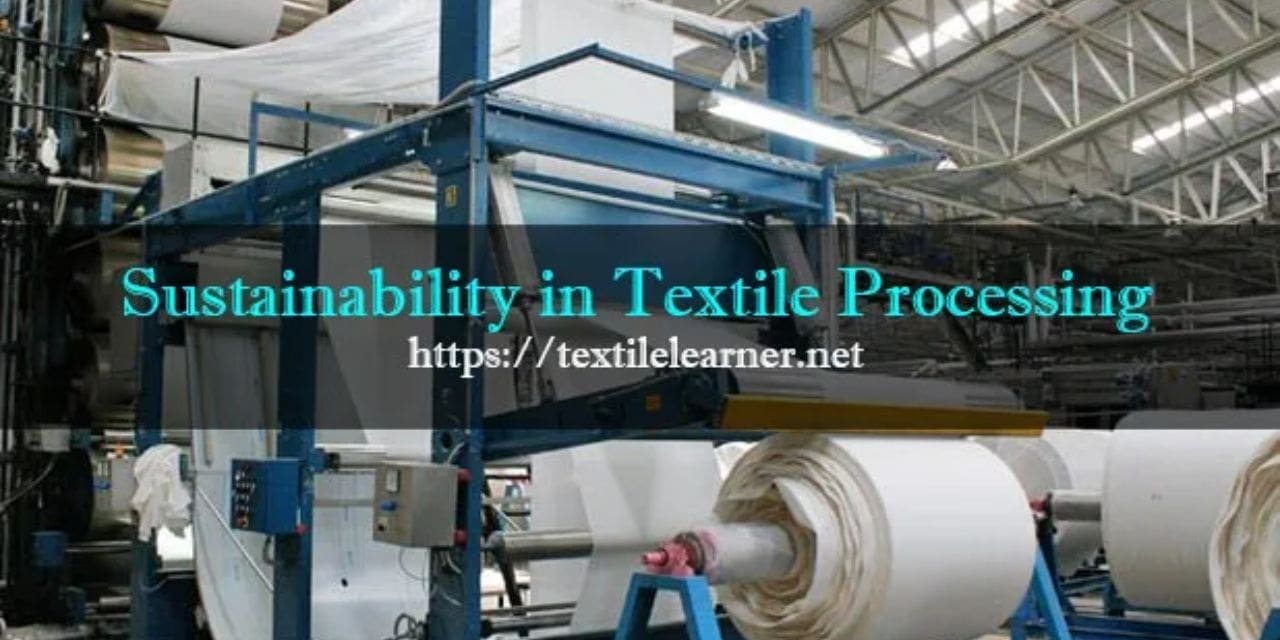Natural fibers, natural dyes, and bio-based processes work well in an international circular economy
“Sustainability is here to stay, or we may not be.” — Niall FitzGerald
Sustainability is more than a buzz word. It is a guiding principle that is designed to protect people, the planet and profits.

Dr. S. Piril Ertem holds a B.S. in Chemistry from Bogazici University (2009), M.S. in Materials Science and Engineering from Koc University (2011), and a Ph.D. in Polymer Science and Engineering from University of Massachusetts Amherst (2016). Prior to Claros Technologies, she worked in R&D environments in academia and industry focusing on polymeric material research for a broad range of applications including energy, coatings, and healthcare industries.
Business as usual can no longer work for the apparel and textile industries. There are four key ways that the textile industry can adopt sustainable business practices:
- Engage in sustainable sourcing. Consider the environmental, social and economic impact of the raw materials used to create textiles. The Global Organic Textile Standard (GOTS) is the leading international standard, which has mandatory environmental criteria on use of organic fibers and restrictions on use of hazardous substances, among others. The GOTS also has mandatory social criteria that focus on human rights and equitable working conditions to prevent exploitation and to ensure living wages.
In the United States, the Department of Agriculture has a much narrower approach, regulating the term “organic” through its National Organic Program (NOP). The NOP applies to natural fibers but not to manufacturing or social standards. - Use natural fibers. More than half of the world’s clothing is made up of synthetic fibers and it’s clear why. They are durable, cheap, quick to dry, do not shrink, and resist wrinkles. The problem is that that convenience comes at a high environmental price. Washing synthetic clothes is responsible for 35 percent of microplastics released into the environment. Those microplastics are mistaken for food by a range of organisms such as plankton, working their way into the food chain and wending all the way up to humans. One clear way to prevent microplastic pollution is to replace synthetic fibers such as polyester and rayon with the natural fibers they were designed to replace such as cotton and silk.
3. Use natural dyes and bio-based finishing processes. One-fifth of global water pollution has been linked to the dyeing and finishing processes in textile production. Returning to traditional dyeing methods that use plants and trees in place of synthetic dyes is one solution. Natural dyes such as turmeric, indigo and pomegranate do not harm the environment or human health and they have the added benefit of being renewable sources.
But ancient techniques are not the only solution. Modern bio-based finishing processes are on the rise. For example, we at Claros Technologies have developed an all-natural way to infuse ultraviolet protection factor (UPF) properties into textiles. Our process is OEKO-TEX certified and achieved the first level of conformance with Manufacturing Restricted Substances List (MRSL) of the Zero Discharge of Hazardous Chemicals (ZDHC).
Such technological advances are very exciting and have a great potential to reduce — or even eliminate — polluted effluent from textile mills. It is important to ensure that the processes have third-party certification such as OEKO-TEX to provide certainty about claims of safety and efficacy.4. Use less water and reduce water pollution. Apparel and textile manufacturing is one of the most water-intensive sectors in the world, using 79 billion cubic meters of water in 2015. Put more simply, the water used to produce one T-shirt is equivalent to 2.5 years of drinking water consumed by an individual. It is important to quantify water usage and look for ways to conserve.
It is equally important to test wastewater for pollutants and capture and destroy them, so they aren’t sent downstream. Recycling water will become increasingly important as clean drinking water becomes more scarce.
The reverberations of these measures are far-reaching. Consider, for example, using onion skins for a dye and a bio-based UPF finishing process on an organic cotton long-sleeve T-shirt. No toxic chemicals were used in the making of the shirt, meaning it won’t leach chemicals or microplastics when it is laundered and meaning it will be biodegradable when the shirt is finally thrown away. That shirt contributes to a circular economy.
All these steps are doable, but they can’t be taken alone. Finding trusted and proven partners in the supply chain and in providers and operators of new bio-based technologies and pollution remediation is critical to success. However, with help and with widescale adoption of these action steps, the apparel and textile industries have the potential to make a lasting global impact.

